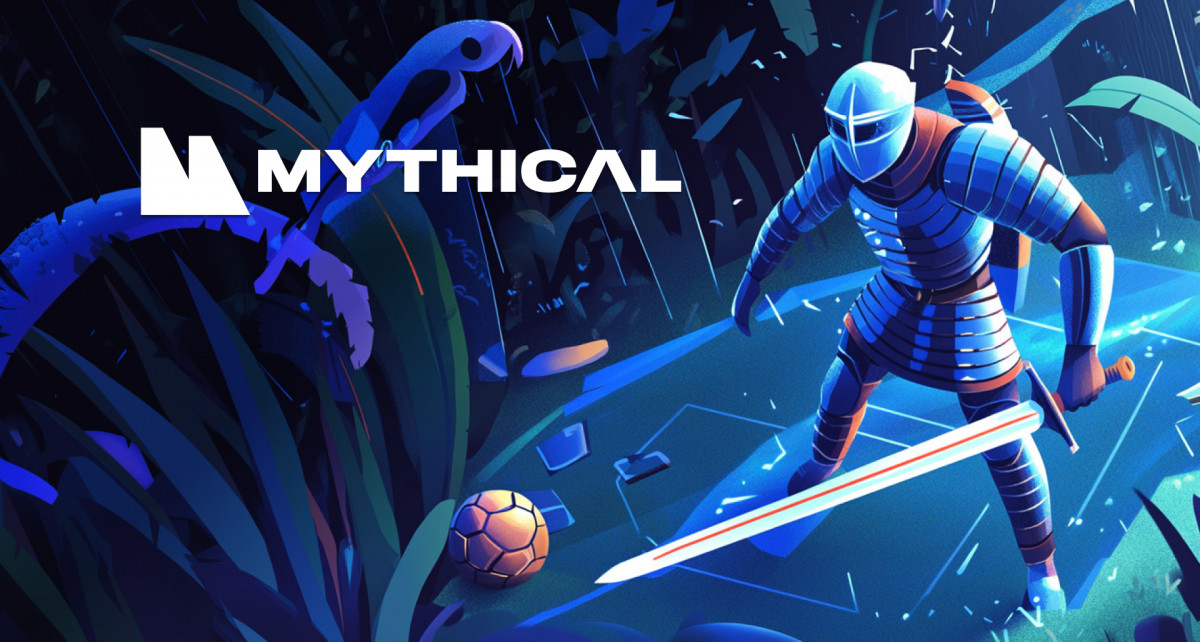It’s been a controversial month for ChatGPT creator OpenAI. While the sudden dismissal and rehiring of Sam Altman as CEO made for an HBO-worthy drama, it’s essential to realize why there were so many eyes on this company to begin with.
The tech is impressive.
Earlier this year, I walked you through the basics of ChatGPT plugins.
Remember: ChatGPT is an AI chatbot service, and plugins are external tools built on top of ChatGPT to enhance its capabilities. Some crypto-themed ones, like CheckTheChain and DefiLlama, have proven helpful for onchain analysts.
Yet, while plugins remain some of the most powerful things about ChatGPT, it’s worth noting that the platform has rolled out a series of new features since my previous post, and all are compelling in their own ways. Some of ChatGPT’s coolest features are only available to subscribers of its Plus service, which has unfortunately briefly paused new sign-ups due to significant demand.
What you use all of these new features for depends on your needs or imagination, but to help you get started, I’ll walk through the basics of how crypto adventurers like ourselves can start approaching these ChatGPT additions.
1) Custom instructions
Custom instructions, accessible from your account tab, allows you to tailor how ChatGPT responds to your text prompts per your specific preferences or requirements.
For example, let’s say you’re a smart contract developer using ChatGPT as a de facto coding assistant. In its vanilla state, the chatbot tends to unnecessarily over-explain things, so to avoid having to constantly deal with this, you could provide a custom instruction to “just give me code without any explanation,” as seen in the screenshot above.
You don’t have to be a dev to get this utility. I’ve found that generic ChatGPT can be very wordy and use too much prose in its answers. One custom instruction I use when outlining and editing content with the platform is “avoid flowery language,” which, in my opinion, helps considerably. Experiment and see what works for you!
2) ChatGPT vision
OpenAI recently launched new capabilities for ChatGPT, including the ability to see and analyze pictures. Now, you can ask the AI any question you want about the picture on your mind!
This can be useful across many different contexts, one of which is extracting data from an image.
For example, have you ever found a bespoke crypto infographic on social media that you wanted to write about but had trouble reading its fine print or didn’t want to manually transcribe its info to your draft? Now you can ask ChatGPT to pull the info for you, like so:
After I punched in the request seen in the image above, ChatGPT returned the answer back to me in ~1 second.
3) Advanced Data Analysis
Formerly known as the “Code Interpreter,” the Advanced Data Analysis tool is a special version of ChatGPT that has the ability to use the Python programming language baked right in.
As such, the resource is optimized compared to its regular counterpart when it comes to analyzing data, interpreting code, and calculating math problems. If you need assistance in any of these areas, you’ve now got your own specialized AI assistant that can help you.
For example, I’m not a programmer, so I recently used Advanced Data Analysis to analyze the Nouns DAO codebase. But you can also do all kinds of other things, like extracting and visualizing info from a PDF file or running simulations based on provided crypto data.
4) DALL·E 3
DALL·E 3 is a new, incredibly performant text-to-image AI model available within ChatGPT.
If you’re a community manager or content creator in crypto, DALL·E 3 is a must-try because it makes it possible to pump out detailed, high-quality graphics in just a matter of seconds. Compared to other similar models like Midjourney and Stable Diffusion, DALL·E 3 particularly shines when it comes to handling intricate prompts.
Note that the model will pump out four image outputs per prompt request, so you’ll have multiple options to choose from or remix further from there. In my experience, there’s always at least one output from a batch that meets the “above average” bar.
5) GPTs
The latest innovation in ChatGPT’s evolution is this month’s introduction of GPTs, which are customizable AI models that users can tailor for specific tasks. The big idea? Create an AI agent and then openly share it with others!
Whether for learning, work, or play, GPTs take personalized instructions via basic no-code prompting and can then perform a range of functions, from creative design to web searches. As such, this rollout represents a significant step towards AI minds capable of performing real-world tasks autonomously.
Action steps
Read More: www.bankless.com










 Bitcoin
Bitcoin  Ethereum
Ethereum  Tether
Tether  XRP
XRP  Solana
Solana  USDC
USDC  Dogecoin
Dogecoin  Cardano
Cardano  TRON
TRON  Lido Staked Ether
Lido Staked Ether  Wrapped Bitcoin
Wrapped Bitcoin  Avalanche
Avalanche  Chainlink
Chainlink  LEO Token
LEO Token  Stellar
Stellar  Sui
Sui  Shiba Inu
Shiba Inu  Toncoin
Toncoin  Hedera
Hedera  USDS
USDS  Wrapped stETH
Wrapped stETH  Bitcoin Cash
Bitcoin Cash  Hyperliquid
Hyperliquid  Litecoin
Litecoin  Polkadot
Polkadot  Bitget Token
Bitget Token  Binance Bridged USDT (BNB Smart Chain)
Binance Bridged USDT (BNB Smart Chain)  Ethena USDe
Ethena USDe  WETH
WETH  Pi Network
Pi Network  WhiteBIT Coin
WhiteBIT Coin  Monero
Monero  Wrapped eETH
Wrapped eETH  Coinbase Wrapped BTC
Coinbase Wrapped BTC  Pepe
Pepe  Uniswap
Uniswap  Dai
Dai  Aptos
Aptos  OKB
OKB  Gate
Gate  Bittensor
Bittensor  Ondo
Ondo  NEAR Protocol
NEAR Protocol  Tokenize Xchange
Tokenize Xchange  Internet Computer
Internet Computer  sUSDS
sUSDS  Cronos
Cronos  BlackRock USD Institutional Digital Liquidity Fund
BlackRock USD Institutional Digital Liquidity Fund  Ethereum Classic
Ethereum Classic